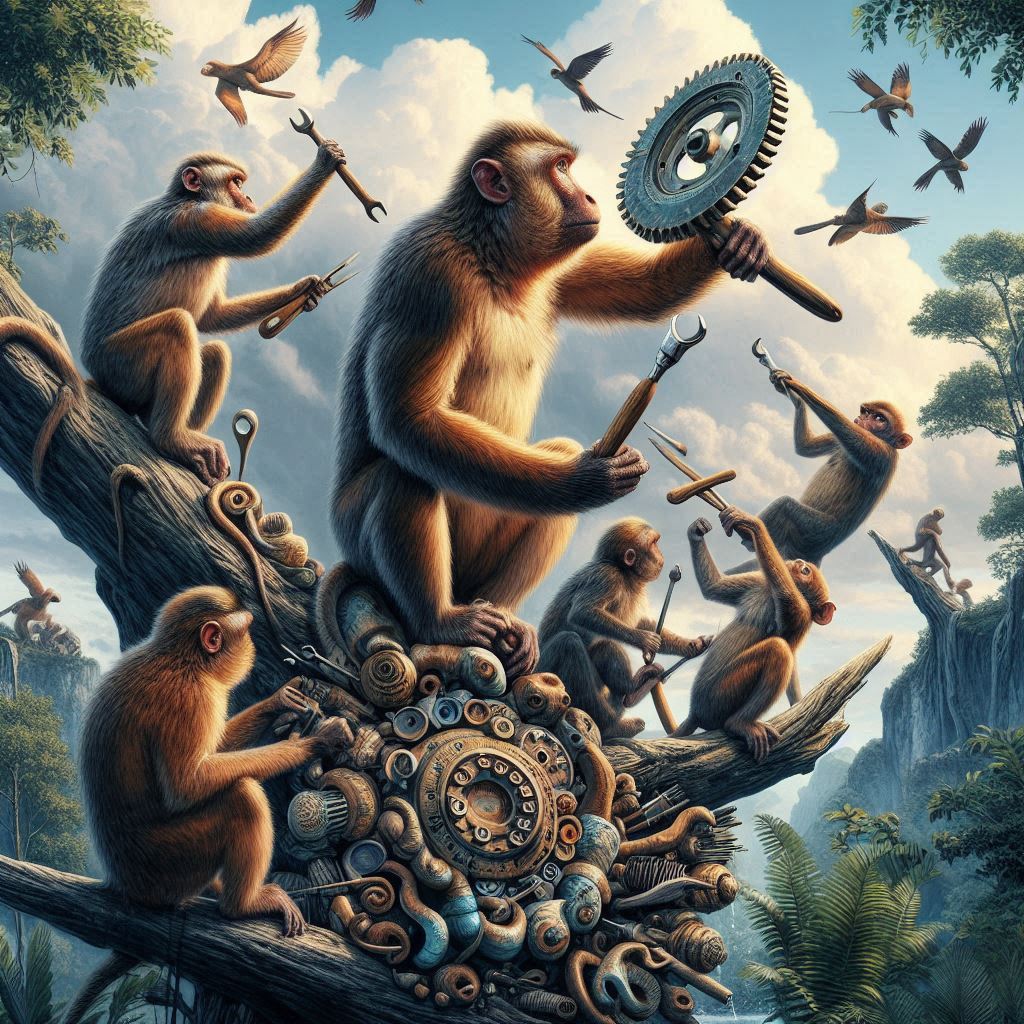
Monkey Myths Debunked: Separating Fact from Fiction
Share
Monkey Myths Debunked: Separating Fact from Fiction
It’s time to bust some bananas—er, myths.
Monkeys swing through the pop culture jungle loaded with stereotypes: mischievous, banana-obsessed pranksters with a talent for chaos. But just how much of what we “know” about monkeys is actually true? 🐒 Spoiler alert: a lot of it is Hollywood nonsense.
Let’s set the record straight.
🦍 Myth #1: All Monkeys Love Bananas
🍌 Reality:
Sure, monkeys will eat bananas—but in the wild, they rarely encounter them, and certainly not the oversized, cultivated kind we see in stores.
Most monkeys prefer:
-
Fruits like figs and mangoes
-
Leaves, flowers, insects, nuts, and even small animals
-
A diverse, seasonal diet suited to their habitat
In fact, too many bananas can be unhealthy due to their sugar content.
🧍 Myth #2: Monkeys Are Just Small, Dumb Humans
🧠 Reality:
Monkeys aren’t tiny versions of us—they’re their own evolutionary branch with unique adaptations.
-
They have complex social systems, communication styles, and survival strategies.
-
Some species display tool use, memory skills, and deception tactics.
-
Many monkeys are smarter than we give them credit for—and they outsmart humans in some memory tasks.
Calling them “dumb humans” is like calling dolphins “wet dogs.” Totally off base.
🐵 Myth #3: All Monkeys Are the Same
🌍 Reality:
There are over 260 species of monkeys, divided into two major groups:
-
New World monkeys (Americas): smaller, often with prehensile tails
-
Old World monkeys (Africa/Asia): often larger, no prehensile tails, more ground-dwelling
That’s like saying all birds are the same—try comparing a parrot to a penguin.
🧗 Myth #4: All Monkeys Live in Trees
🌳 Reality:
Many monkeys do live in trees (arboreal), but others are just as comfortable on the ground.
Examples:
-
Baboons spend most of their time on the ground
-
Geladas live on cliff faces in Ethiopia
-
Vervet monkeys easily switch between tree-dwelling and ground foraging
Some monkeys build nests, others dig into rock crevices. Habitat variety is wild.
🐶 Myth #5: Monkeys Make Good Pets
🚫 Reality:
While it might look cute on TikTok, monkeys are wild animals—not companions.
-
They’re highly intelligent and social, requiring constant stimulation
-
Many become aggressive or destructive when stressed or bored
-
They can carry zoonotic diseases (transmissible to humans)
-
In many places, owning a monkey is illegal or highly restricted
Pet monkeys often suffer in captivity, and so do the people trying to keep up with them.
🎭 Myth #6: Monkeys Are Always Funny and Silly
🧬 Reality:
Yes, monkeys can be playful—but they’re also:
-
Territorial, strategic, and emotional
-
Capable of grief, loyalty, rivalry, and cooperation
-
Not here just to entertain us—they’re fully sentient beings with rich inner lives
It’s not always monkey business.
✅ Myth Busted, Facts Trusted
Understanding monkeys means seeing past the memes and into the science. When we respect their reality, we’re better positioned to protect them—from habitat loss, mistreatment, and misinformation.
